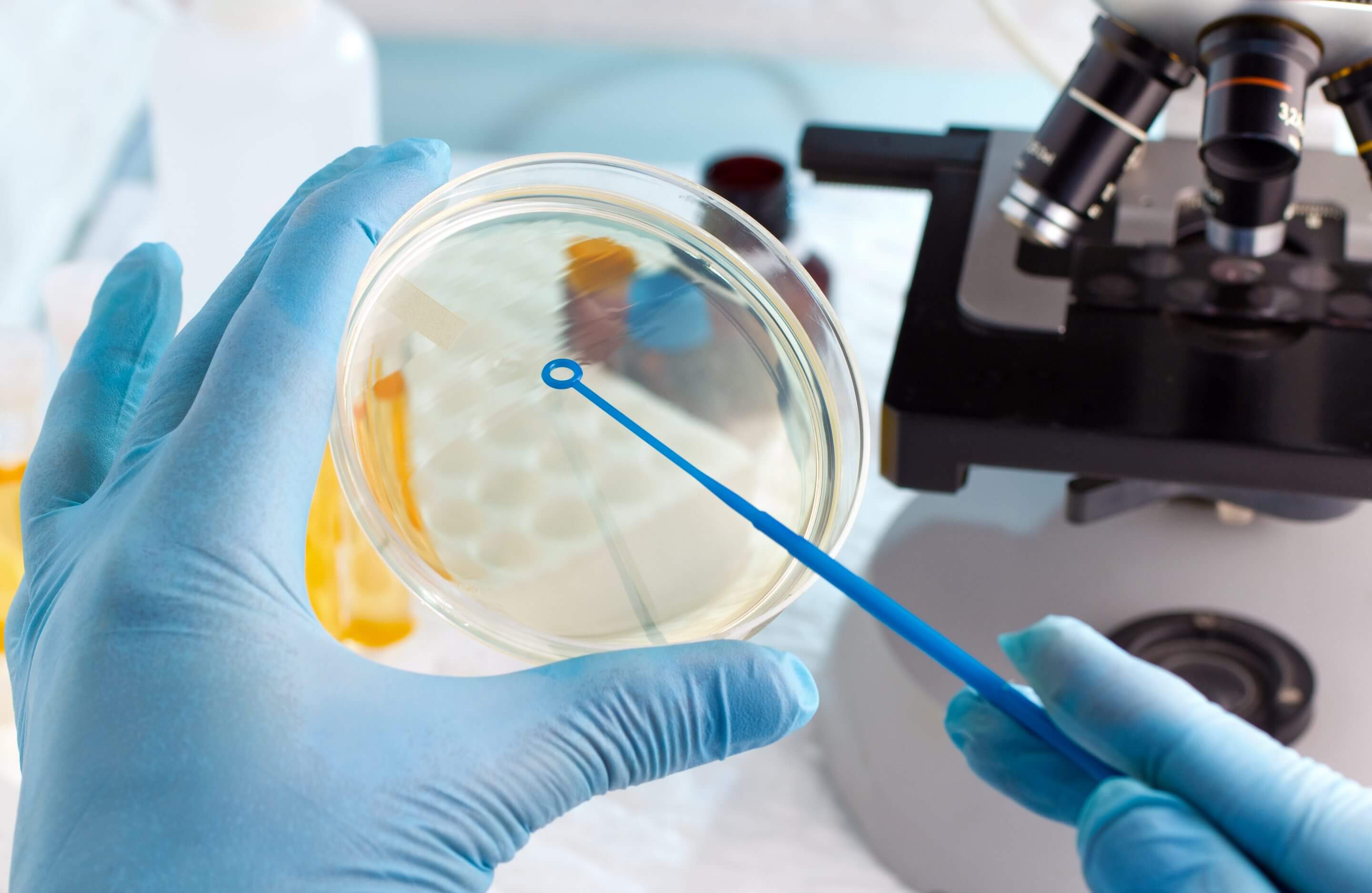In the realm of food safety, the study of microbiological hazards plays a pivotal role in ensuring the well-being of consumers. Regulatory professionals and food safety experts are acutely aware of the potential risks that microorganisms pose to the quality and safety of food products. This article delves into the intricate world of microbiological hazards, shedding light on their significance, potential consequences, and the imperative need for stringent control measures.
Understanding Microbiological Hazards:
Microbiological hazards refer to the biological agents present in food that have the potential to cause harm to consumers. These hazards primarily include bacteria, viruses, parasites, and fungi. Common culprits include Salmonella, E. coli, Listeria, and Campylobacter. These microorganisms can thrive in various food products, especially those with high moisture content, and can lead to severe foodborne illnesses.
The Implications of Microbiological Hazards:
Microbiological hazards can have far-reaching implications on both public health and the food industry. Foodborne illnesses resulting from the consumption of contaminated products can lead to severe health complications, hospitalizations, and even fatalities. Additionally, outbreaks of such illnesses can tarnish a brand's reputation, leading to financial losses and legal consequences.
Preventive Measures and Risk Mitigation:
To mitigate the risks associated with microbiological hazards, rigorous food safety protocols and regulatory guidelines are essential. These measures encompass a range of strategies, including thorough cleaning and sanitation, proper cooking temperatures, effective storage practices, and regular monitoring of production processes. HACCP (Hazard Analysis and Critical Control Points) plans are instrumental in identifying potential hazards and implementing controls to prevent their occurrence.
Harnessing Technological Advancements:
In the modern era, technology plays a pivotal role in managing microbiological hazards effectively. Advanced analytics and predictive capabilities allow food safety professionals to anticipate and address potential risks proactively. Data from various sources, including regulatory bodies, inspections, and media, can be analyzed to detect emerging hazards and adapt food safety plans accordingly.
Conclusion:
In a landscape where the stakes are high, staying ahead is paramount. Food safety and regulatory professionals need a comprehensive solution that empowers them to tackle microbiological hazards with precision. By harnessing the power of innovative platforms like SGS DIGICOMPLY, you can ensure regulatory compliance, predict and manage risks, and gain valuable insights for informed decision-making. Embrace the future of food safety and safeguard both your consumers and your reputation.
In conclusion, the realm of microbiological hazards in food safety is intricate and demanding. The potential consequences of not effectively addressing these hazards underscore the need for rigorous preventive measures and advanced solutions. With SGS DIGICOMPLY, you can navigate the complex landscape of microbiological hazards with confidence, ensuring the safety of your products and the well-being of your consumers. Explore SGS Digicomply platform now.





.webp?width=1644&height=1254&name=Food%20Safety%20Dashboard%201%20(1).webp)
